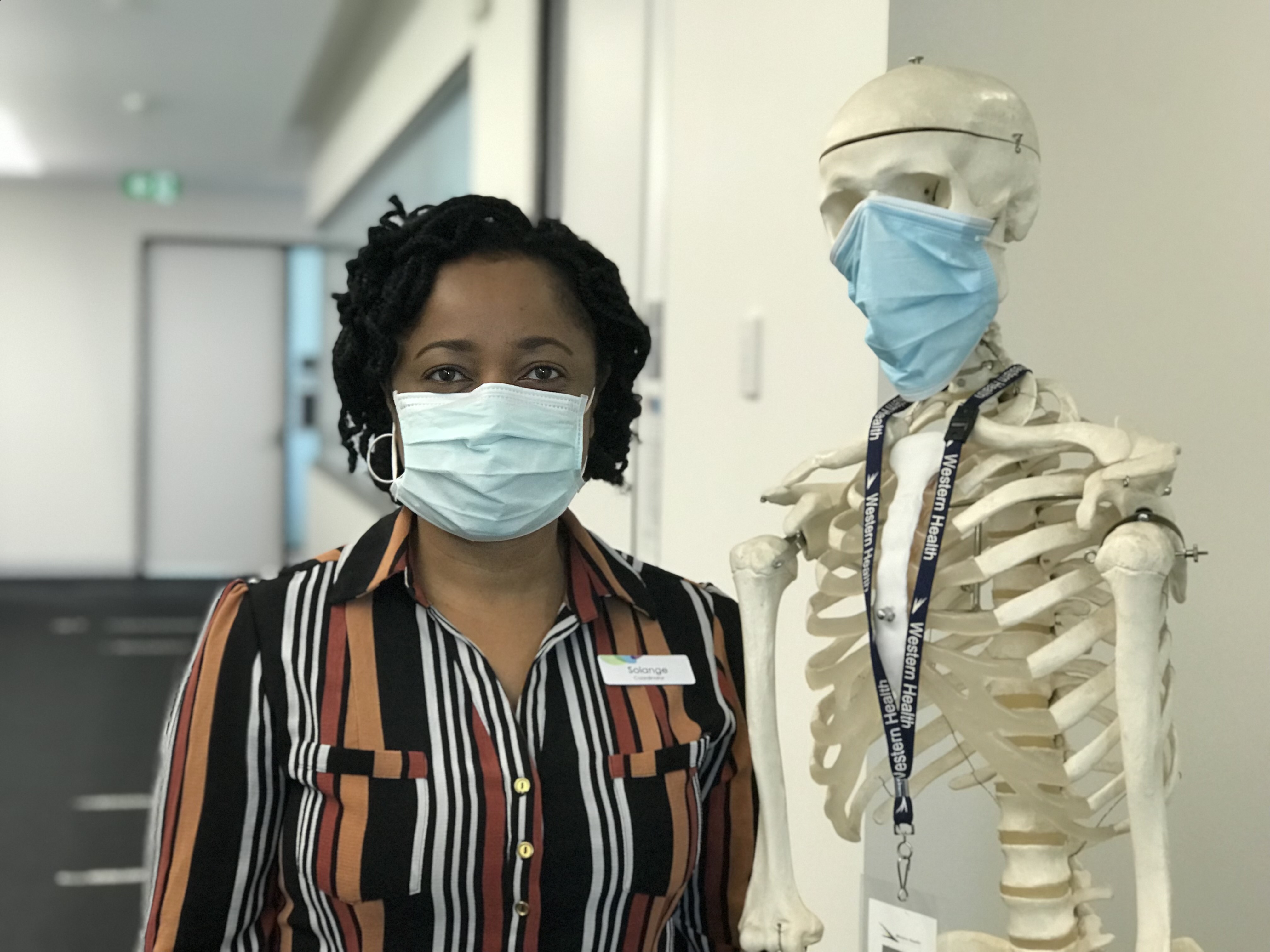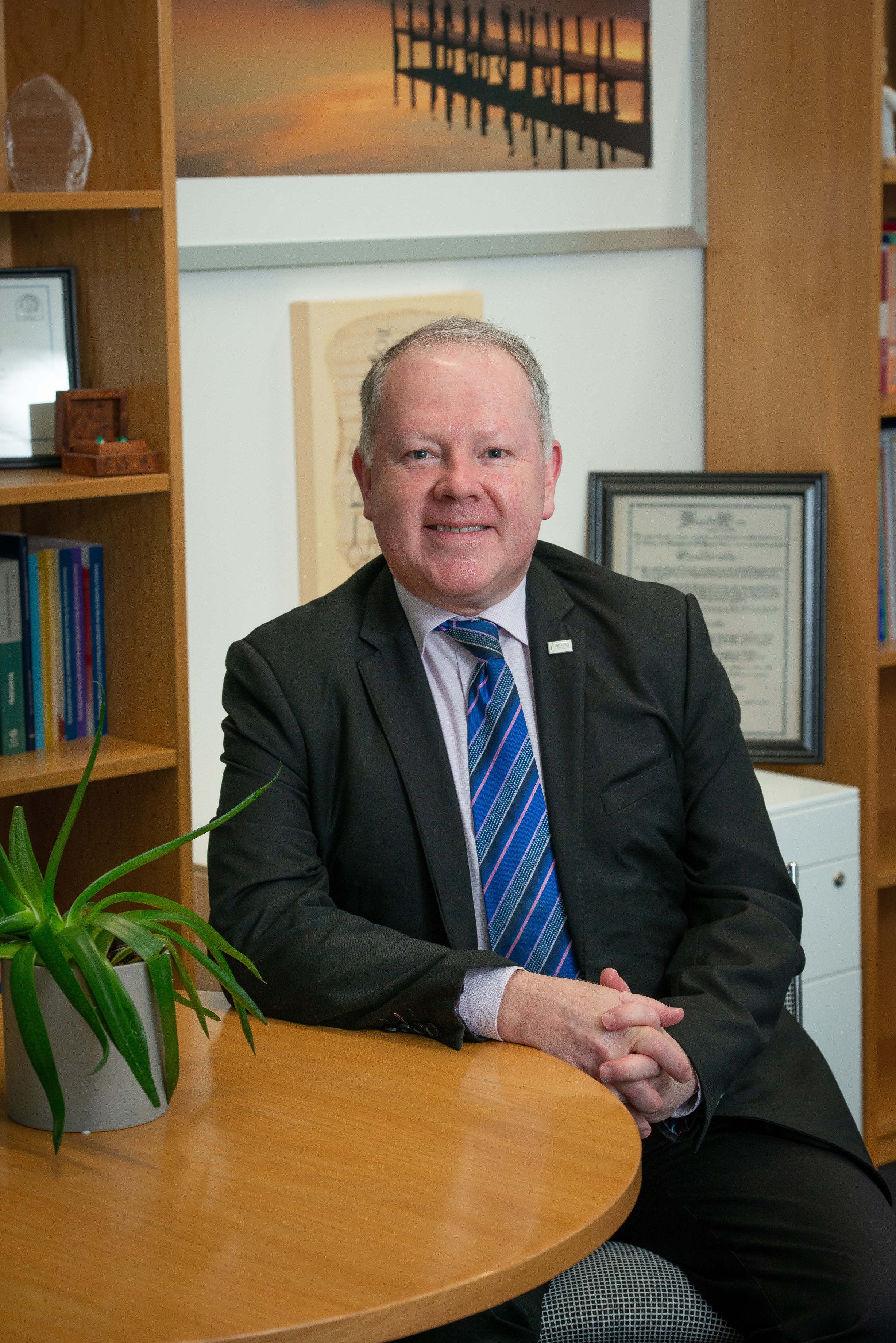Victoria's first one-stop shop for falls and fracture prevention has helped more than 2,000 patients get back on their feet since its launch five years ago.
The fracture liaison service was established by the Australian Institute for Musculoskeletal Science (AIMSS), which unites clinicians and researchers from Western Health, Victoria University and the University of Melbourne.
Internationally-renowned expert on ageing and musculoskeletal conditions Gustavo Duque spearheaded Australia's first integrated falls and fracture prevention service in NSW, before bringing his expertise to Victoria in 2016.
'We are saving a lot of resources by assessing our patients for falls and fractures risk at the same time, instead of at separate services, and it has been very effective in reducing future health complications for patients,' Professor Duque said.
Fracture liaison nurse co-ordinator Solange Bernardo, who is based at Sunshine Hospital, said patients aged 65 and over underwent two-hour assessments before tailored plans were put in place to prevent falls and fractures.
'We provide patients referred to us with multi-disciplinary care, which includes a geriatrician, fracture liaison nurse, accredited exercise physiologist and bone densitometrist.'
Ms Bernardo's individual contribution to the service was recognised on the global stage.
She was the recipient of the prestigious American Society for Bone and Mineral Research (ASBMR) Betsy Love McClung Award.
About 30 per cent of people aged 65 or over fall annually.
If they have weak bones, even a small slip on a footpath can result in a big break.
'If you break a bone, your risk of suffering another fracture doubles but future fractures can be prevented by post fracture care, which includes a comprehensive falls risk assessment and treatment of conditions such as osteoporosis,' Ms Bernardo said.
Professor Duque said patients often dismissed falls as a regular event associated with ageing but they could be a predictor of future ill health.
As a geriatrician, he usually sees patients after they have experienced several falls or fractures.
'We know that one fracture is a predictor of another one and each subsequent break gets worse.
'It's a cascade that usually starts with a wrist or vertebral fracture and ends with a hip fracture.
'One quarter of older people who have a hip fracture will die within one year unless we intervene, 25 per cent will be admitted to a nursing home for the first time and 40 per cent will end up with some form of disability.
'That means only 10 per cent of people will survive a hip fracture without some form of morbidity or disability or major impact on their quality of life.'
The service aims to reduce the number of patients suffering repeated preventable fractures.
It also gathers valuable data that is used to support AIMSS research projects.
Patients benefit from being linked to the cutting-edge research partnership that pioneers new world-leading approaches to preventing and treating musculoskeletal diseases.


